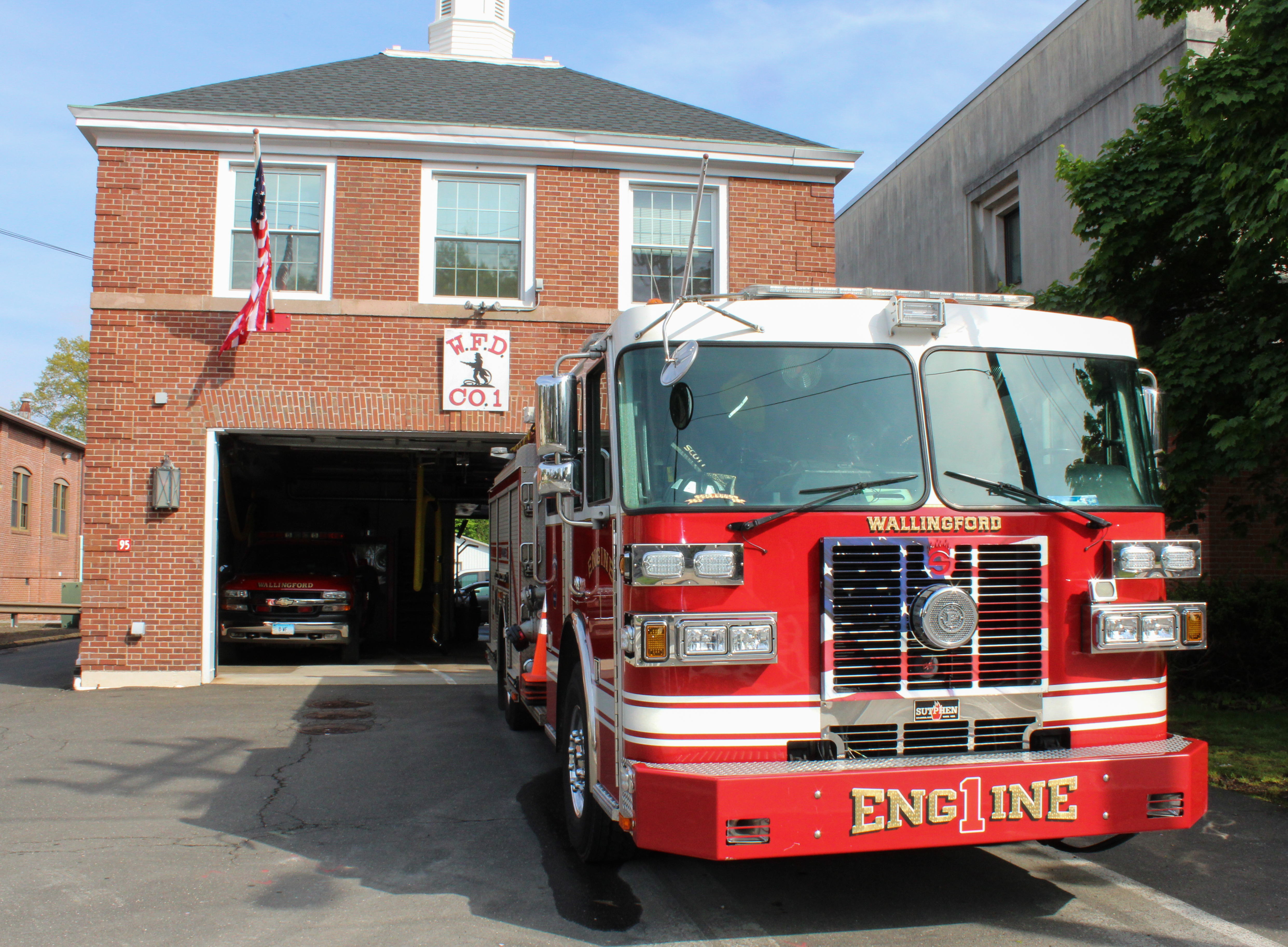Are you still waiting for this winter’s big snowstorm? If so, the chances aren’t looking so good. This winter has been especially dreary for the East Coast, with cities along Interstate 95 experiencing some of the lowest amounts of snowfall in the last 50 years.
The unusually little snow experienced is an indication of the growing trend in climate fluctuations and global warming. According to “Connecticut, Our Changing Climate,” a report by the state legislature, the average temperature in Connecticut has risen by about 1.2°C since the beginning of the 20th century.
Marketing and Communications Director Mr. Alex Armstrong at the Connecticut branch of the non-profit environmental agency, The Nature Conservancy, explained, “This local warming has led to hotter air that generates stronger, deadlier storms, and increasingly frequent and severe summer droughts stressing the health of Connecticut forests and increasing the risk of fires.”
The escalating temperatures and extreme weather phenomena have become severe issues within the local community, impacting businesses like Starlight Gardens, a small-scale organic farm based in Durham, Connecticut.
Fortunately, Ms. Jenny Hill, who co-owns the farm with her husband, Mr. Joel Smith, explained how their farming techniques, such as not over-tilling the soil and growing cover crops that help absorb water, offer them the advantage of being more resilient to climate change.
However, Ms. Hill still harbors worries about the unpredictable weather patterns’ impact on the farm’s production: “Getting a really cold spell late in the spring will kill our crops or heavy wind events, really heavy rain events, heavy snow … We haven’t had any issues yet, but it does to an extent feel like a matter of time.”
Reflecting on such concerns, Ms. Hill predicts a trend of increased use of greenhouse farming in Connecticut, in which owners can control the climate and amount of irrigation water, as well as the conservation practice of hoop houses that is available with financial assistance through the U.S. Environmental Quality Incentives Program.
At the same time, the owners of Starlight Gardens said, “We feel strongly that by farming small and farming regeneratively, with a lower impact on the soil, we can mitigate those climate challenges.”
Besides directly impacting the local community, climate change is a harmful threat to Connecticut’s wildlife, as it alters their habitats, disrupts natural patterns, and more.
As Mr. Tom Anderson, Director of Communications at the Connecticut Audubon Society, which protects birds and wildlife, said, “Over the last 50 years, North America has lost 30% of its bird population or three billion birds. Climate change was one of many reasons.”
To combat the impact of climate change on birds, the Connecticut Audubon Society joined a coalition called the Audubon Alliance for Coastal Waterbirds to protect and monitor several species of birds, including the already threatened piping plovers, that nest only on beaches and are vulnerable to threats like rising sea levels and storm tides.
Similarly, to target the species that are seeking to move north and to high elevations in response to the warming climate, the Connecticut Nature Conservancy and its partners are focusing on what they call the “Resilient and Connected Network,” a network of lands across North America with limited human disturbance and robust microclimates that can withstand climate change.
“Mapping out these habitats and the natural pathways among them show where plants and animals have the best chances to find new places to call home,” explained Mr. Armstrong. He further emphasized, “Northwest Connecticut, where the Berkshire Wildlife Linkage serves as a crucial connector for the Appalachians to the north and south, is part of this network.”
On a larger scale, Connecticut’s government has also taken initiative in passing legislation targeting climate change.
Regarding the state’s targets, Ms. Alanis Allen, a research analyst in the Connecticut Department of Energy and Environmental Protection (DEEP), said, “The goals are to meet our greenhouse gas emission reduction goals outlined in the Global Warming Solutions Act.” She additionally mentioned that the electricity sector has a zero emissions target by 2040 and that the department seeks to “equip communities around the state to build resiliency against the impacts of climate change.”
The Governor’s Council on Climate Change (GC3), rejuvenated by Governor Ned Lamont in 2019, has been critical in developing some of the ideas seen in passed legislation. For example, the idea of a climate education policy that was recommended by the GC3’s Science and Technology Working Group was implemented in last year’s budget, which included language that requires school districts to provide climate change instruction as part of the science curriculum.
Another achievement in the last legislative season targeting climate change was the enactment of the Connecticut Clean Air Act. Many of the elements of the GC3’s recommendations include allowing the DEEP commissioner to adopt California’s emission standards for medium and heavy-duty vehicles; establishing “right to charge” provisions for renters and unit owners in condominiums and common interest communities; and prohibiting planned community associations from adopting or enforcing rules that effectively prevent unit owners from installing solar panels on their own units’ roofs.
Various local environmental groups have supported such environmental laws. Sierra Club Connecticut, a conservation nonprofit, has been partnering with environmental allies and legislators to pass increasingly stronger climate change mitigation legislation and policy for many years.
The Greater Hartford Chair, Mr. Stephen Lewis, said, “We are strong supporters of bills last year to clean our air by cleaning our transportation pollution in Connecticut with clean truck standards, promotion of electric school buses, and promotion of clean electric vehicles.”
Although current legislation is yet to be publicly released, Ms. Allen said, “Scoring for our DEEP Climate Resilience Fund is underway, which will give funds to communities around Connecticut to plan and develop projects to address climate adaptation and resiliency.” Moreover, she emphasized, “At least 40% of all funds given will be marked for marginalized communities.”
If you are interested in following up with the policies currently on the agenda of the Environmental Committee, visit https://www.cga.ct.gov/env/.
Graphic by Melody Qian’24/The Choate News





